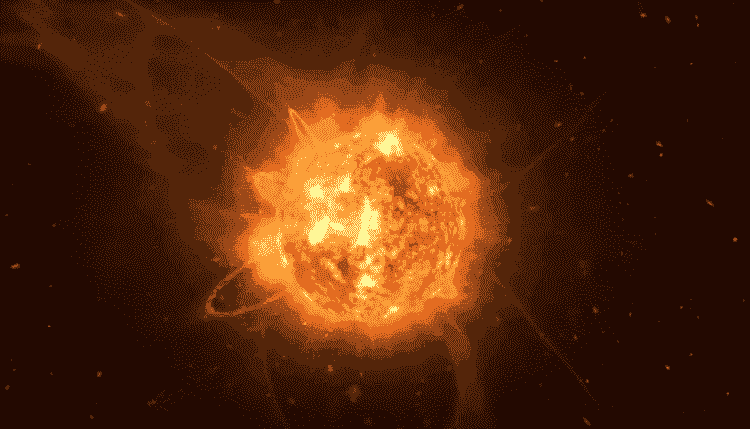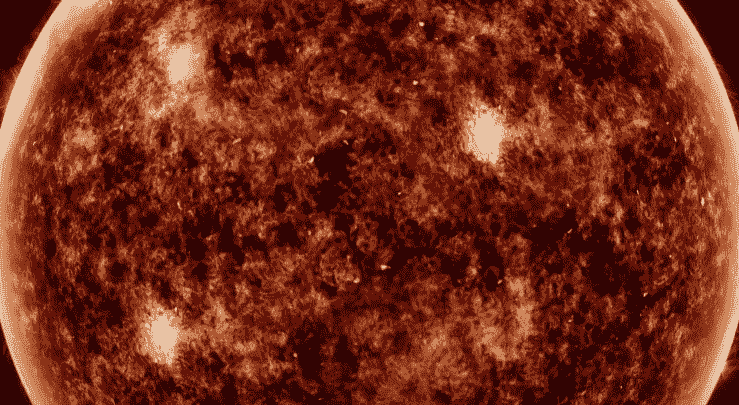
Betelgeuse, a red supergiant star situated in the Orion constellation, is currently exhibiting a luminosity that is 50 percent higher than its typical brightness.
The cause of the phenomenon is currently unclear, but astronomers are closely monitoring the situation to gain a better understanding. Interestingly, the star in question is not only a red supergiant but also an intriguing pulsating semi-regular variable star.
Betelgeuse A Star with Intricate Brightness Cycles
According to scientists, this means that the brightness of Betelgeuse undergoes periodic changes, although the magnitudes of these changes can vary. The star follows a primary cycle of approximately 400 days, during which it experiences fluctuations in brightness.
Additionally, it undergoes shorter cycles of around 125 days, 230 days, and an astonishingly long 2,200 days, all driven by its pulsations.
These complex cycles present challenges in studying and comprehending Betelgeuse. In October 2019, the star dimmed significantly, eventually reaching one-third of its average brightness a few months later. This was caused by a section of the star’s surface being ejected into space. As it cooled, it formed a dust cloud that obstructed the star’s light, resulting in an event known as The Great Dimming.
Read more: Popular Third-Party Reddit App Apollo Forced To Shut Down Due To Reddit’s New API Pricing
Exploring its Brightness Surge and Implications

The recent increase in the brightness of Betelgeuse has once again captured the interest of scientists, who are enthusiastic about unraveling its present evolutionary phase and comprehending the implications of its intensified behavior.
The research paper offers significant revelations regarding the potential for Betelgeuse to undergo a supernova explosion earlier than previously predicted. It asserts that Betelgeuse is currently in the advanced phase of core carbon burning and holds great promise as a prospective candidate for the next galactic supernova event.
Betelgeuse, being a red supergiant, has progressed beyond the main sequence stage of its life cycle, which typically lasts around 8 to 8.5 million years. When stars like Betelgeuse lose mass, the reduction in gravitational force can no longer balance the outward pressure generated by its core, causing the star to expand into a voluminous envelope. Therefore, despite experiencing mass loss, these stars continue to grow.
The transition from the main sequence, coupled with the cessation of hydrogen fusion into helium in their cores, triggers other significant changes.
During the subsequent phase of helium fusion, carbon gradually accumulates within the cores of these stars. This accumulation initiates a core carbon-burning phase, during which other elements are synthesized. According to the authors of the paper, Betelgeuse is currently situated in the advanced stages of this core carbon-burning period.
Read more: NASA Invests $45M To Foster Technological Innovations From Numerous Space Companies

